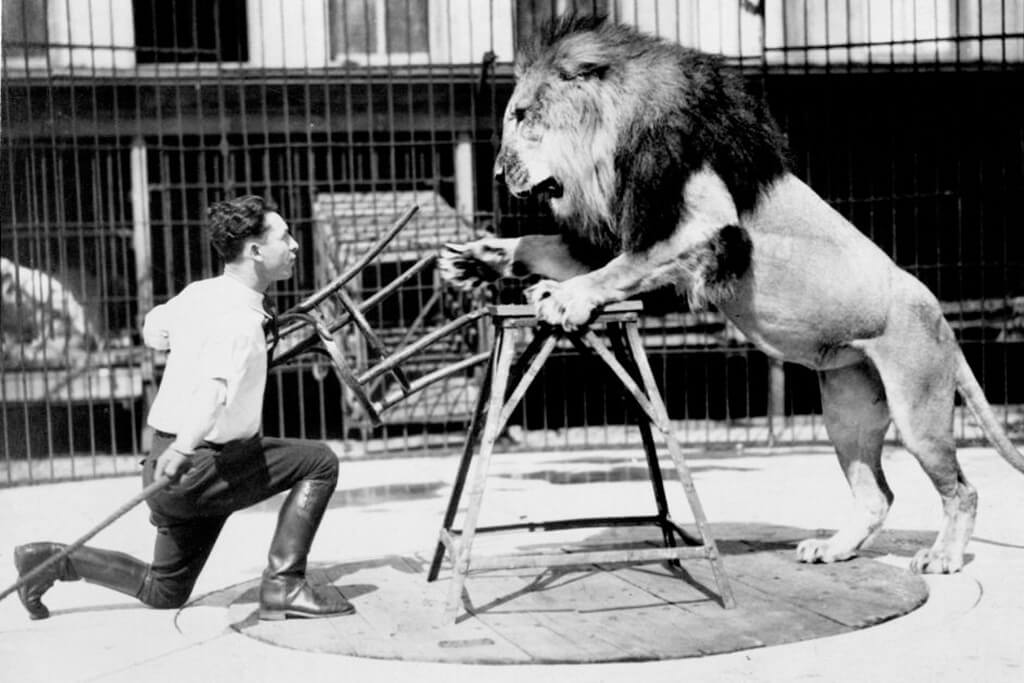Does the chair have a headrest?
Sound is better when I stand up?
Why is this? No matter my listening room (large basement with 7 1/2 foot ceilings or small office with 8’ ceilings), the sound is more open and more spacious when I stand up from my listening chair. When I sit, the sound compresses a bit. Sitting, the tweeters are about 5-6" above my ear level. Should I angle the speakers down?
My chair is at the apex of the .83 ratio Jim Smith suggests for getting better sound. I'm about 3' from the back wall and my standmount speakers are 3' from the front wall.
What acoustics are responsible for this?
Showing 13 responses by holmz
@simao Have you tried a simpler chair, like a dining room chain, in the listening position? Try standing up and moving rearwards so that your back is against the back wall… Does it also sound similar to the sound in the chair? |
Well @simao we have “solution bukake” (SB) where everyone is throwing out an answer as the solution to the problem… You probably want a UMIK and REW to do some measurements. On the “other hand”, your ears hear it, so you need to determine if it is the speakers throwing a high pattern, or a cancelation from the chair, or something else. Salmon Rushdie’s winged horse in his book “Satanic Verses”, attracted a fatwa against him. |
I cannot think of a better term for loads of advice thrown out in a seemingly random fashion, mostly to make the person offering advice to feel good, rather than helping the person who asked the question.
It is probably 3-4” inches from the back of the headrest to the ears, so the reflection will be 180 degrees out for a 1’ wavelength (~1000 Hz), and there will be risings modes up and down at the harmonics. That is about 0.5 milliseconds of delay. It is called a comb filter. A fluffy towel on the headrest should help a bit. But a shorter chair back is better.
|
I think that another school of thought is as the room get brighter in reflections, one may also chooser to toe them in. There is nothing seemingly pure or impure about it. |
All crickets, all the time. Especially at this time of year there is a famous Aussie dessert that usually starts to make an appearance. https://www.food.com/recipe/sticky-date-pudding-with-caramel-sauce-40187 |
It is “solution” @asvjerry - As in everyone chucking out multitudes of ideas to try and solve the problem. (Hence it is a shower of things and ideas in “solution space”.)
In any case I figured it was a head rest of sorts. But in theory one could use a DSP and inverse comb the FR to make it flat in the chair… If the OP had a DAC with a parametric EQ it should be relatively easy to try… that would be a pretty cool thing to take a crack at IMO.
How is NC at this time of year? |
Ah… no. The sound hits your ears first. It should sound similar to standing with your back against the wall. As the chair’s headrest becomes more and more plush and absorptive… it should become more and more like no headrest. And if it was a wood or leather headrest then it gets worse and worse becoming more like standing with the back against the wall Just try the “back to the wall” and then try the chair. There should be changes… I would think. But plushness will not do much at all as the frequency gets lower, unless the headrest is like a transparent net.
+1 |
Tilting the speakers might also have worked… We have some noce mid century modern ones that a comfy, but feeling like one is a “dog with worms” being so close to the floor, and a bit of a knee killer getting out of. |



